En la Orinoquía existen cinco razones fundamentales de porque invertir en la región: Gran potencial agropecuario, turismo, conectividad, alto desarrollo de proyectos de energía renovable y una gran fuente de recursos minero-energéticos.
 Agropecuario
Agropecuario
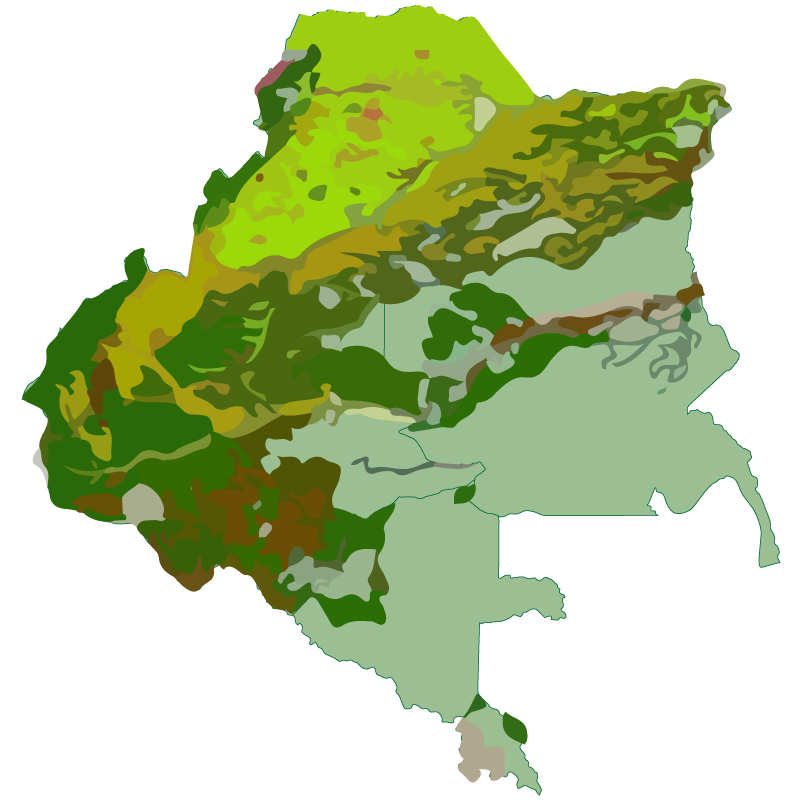
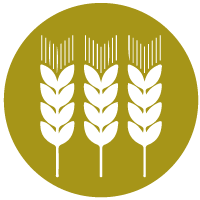 Agricultural (ha): 3,682,283
Agricultural (ha): 3,682,283
 Livestock (ha): 4,696,782
Livestock (ha): 4,696,782
 Commercial forest (ha): 2,420,724
Commercial forest (ha): 2,420,724
 Agroforestry (ha): 4,353,286
Agroforestry (ha): 4,353,286
- La región cuenta con 15,1 millones de hectáreas con potencial para uso agropecuario y agroforestal (superior al área cultivada de Alemania).
- 35% del área regional con potencial de vocación para uso agrícola, pecuario y forestal.
- De las 15,1 millones de hectáreas hay 7,8 millones de hectáreas para intensificar su uso agropecuario (superior al área cultivable del Reino Unido).
 Tourism
Tourism

Ecotourism
World figures
64 million international ecotourists per year (UNWTO. 2017).
Colombia bet on 2016 (PTP. 2013)
286,066 international tourists.
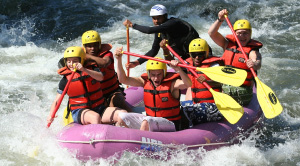
Adventure trip
World figures
23 million annual adventure tourists; 89 billion global market value (ATTA. 2010): an annual growth of 15-20% (1994-2014) (OMT. 2005)
Colombia bet on 2016 (PTP. 2013)
286,066 international tourists.
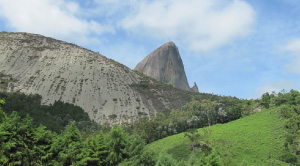
Rural tourism
World figures
4 million travelers in Spain (2007) with average spending or per rural tourist during a weekend of € 169; sector growth of 10-15% between 1996-2006.
Colombia bet on 2016 (PTP. 2013)
236,687 international tourists.
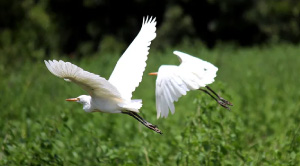
Bird watching
World figures
USA: 44 million bird watchers - 9.8 million travel outside the country (USFWS. 2009); United Kingdom: 20,000 birdwatching travel bookings / year (CBI. 2011).
Colombia bet on 2016
84,941 international tourists.
Sector turismo
- Ecotourism, eje de desarrollo sostenible de la región, con especialización en avistamiento de aves.
- Orinoco como destino turístico de aventura e ícono de agua y biodiversidad.
- Turismo cultural como puesta de valor de la cultura:
- Cantos del Llano: Joropo y festivales tradicionales.
- Comunidad indígena líder en etnoturismo y ecoturismo.
- Turismo de bienestar con saberes ancestrales.
- Infraestructura adaptada y de baja densidad:
- Centros de Atención al Visitante.
- Ecoalojamientos.
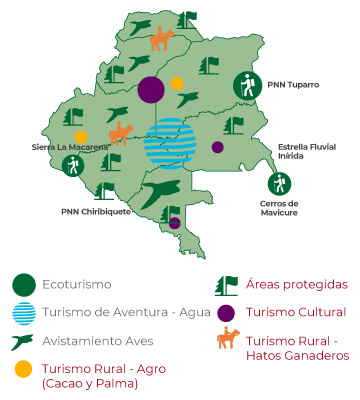
 Infrastructure
Infrastructure

vials:
- Villavicencio – Yopal – Arauca
- Villavicencio – Puerto Carreño
River according to the River Transportation Master Plan
- Meta River between Puerto López - Puerto Carreño
- Vaupés River between Calamar - Puerto Carreño
- Guaviare River between San José - Puerto Inírida
 Energias
Energias
limpias y alternativas
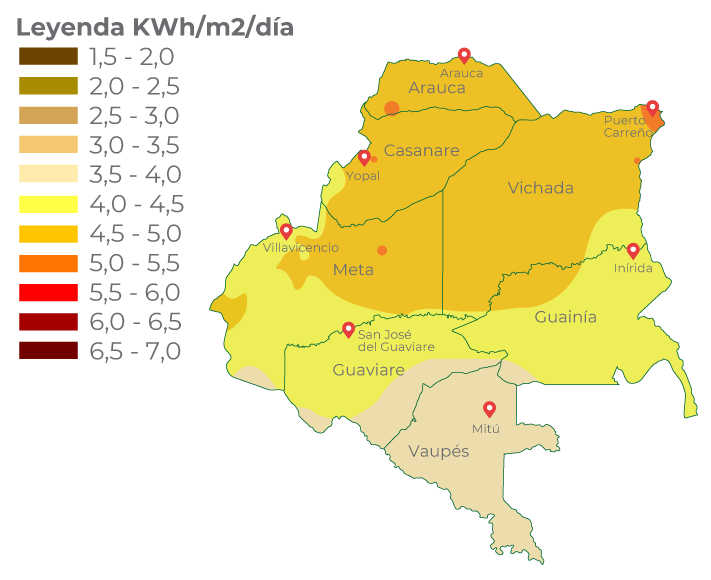
The Orinoquía has an average irradiation of 4.5 kWh/m2/d, which exceeds the world average by 13% (3.9 kWh / 2 / d) which makes the generation of photovoltaic projects in the region attractive.
 Minero
Minero
energético
Minería
La región de la Orinoquía cuenta con importantes reservas de minerales estratégicos, principalmente: Coltán, Uranio, Hierro y Oro.
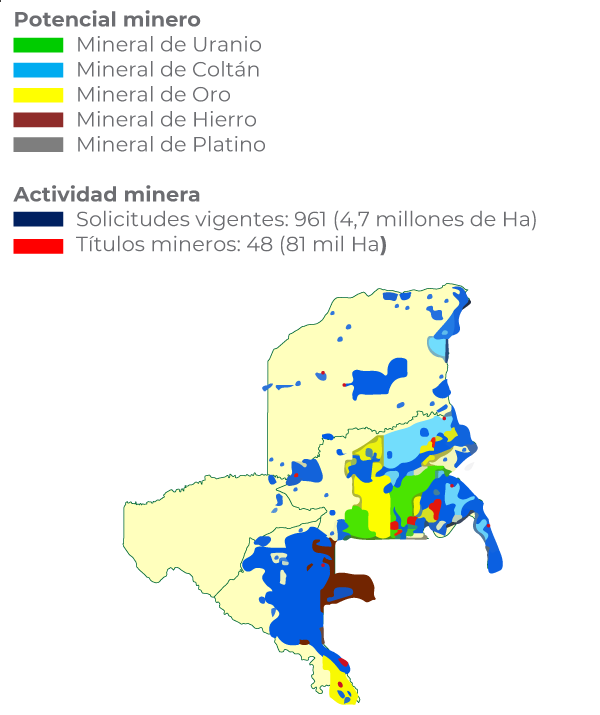
Hidrocarburos
- La producción de petróleo en la Orinoquia representa el 74,2% de la producción nacional.
- El 57% de los campos hidrocarburiferos del país se encuentran en la Orinoquia.
- La conectividad vial y fluvial generará un mayor dinamismo en el transporte de gran parte de la producción de crudo proveniente de campos aislados a la red nacional de oleductos.
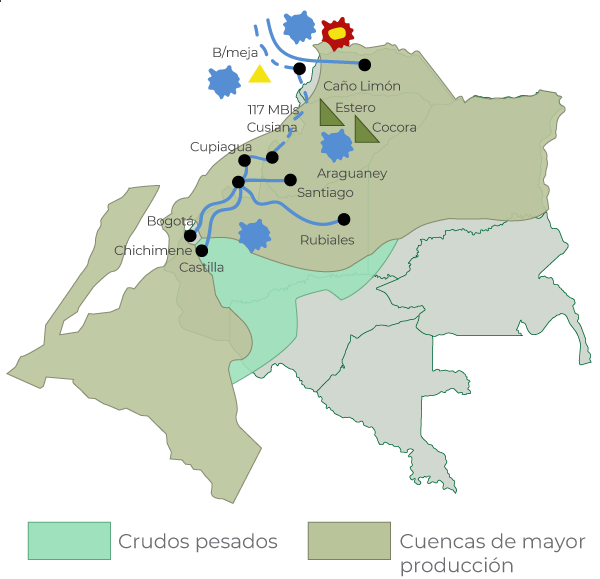
how can we help you?
Request personalized advice
News and Events

Colombia es elegida como la mejor marca país de Latinoamérica en 2020

Ecopetrol anunció millonaria inversión en el 2021

Gobierno de Colombia anuncia inversión por $500.000 millones para vía Pacífico-Orinoquia

Festival Internacional de Globos Aerostáticos – FIG Llanos Orientales 2022
Los Festivales Internacionales de Globos Aerostáticos son eventos masivos que movilizan a miles de personas en un mismo lugar.

Ampliación de Oficinas y Co-workings en la Orinoquía

Mujeres Inversionistas

Charla Informativa Sobre el Cacay en la región

Presidente Duque estará en la inauguración de Expomalocas 2020
El presidente Iván Duque la inaugurará este viernes en Villavicencio.
